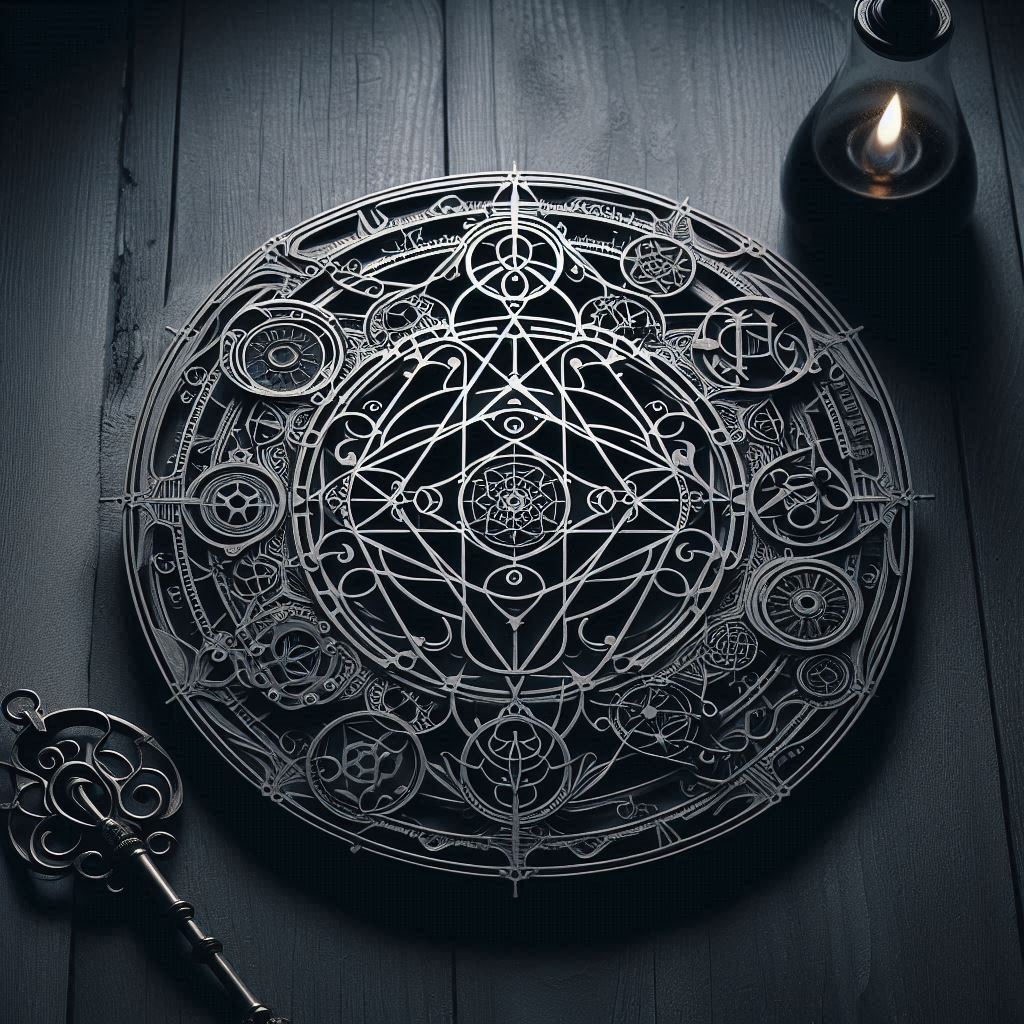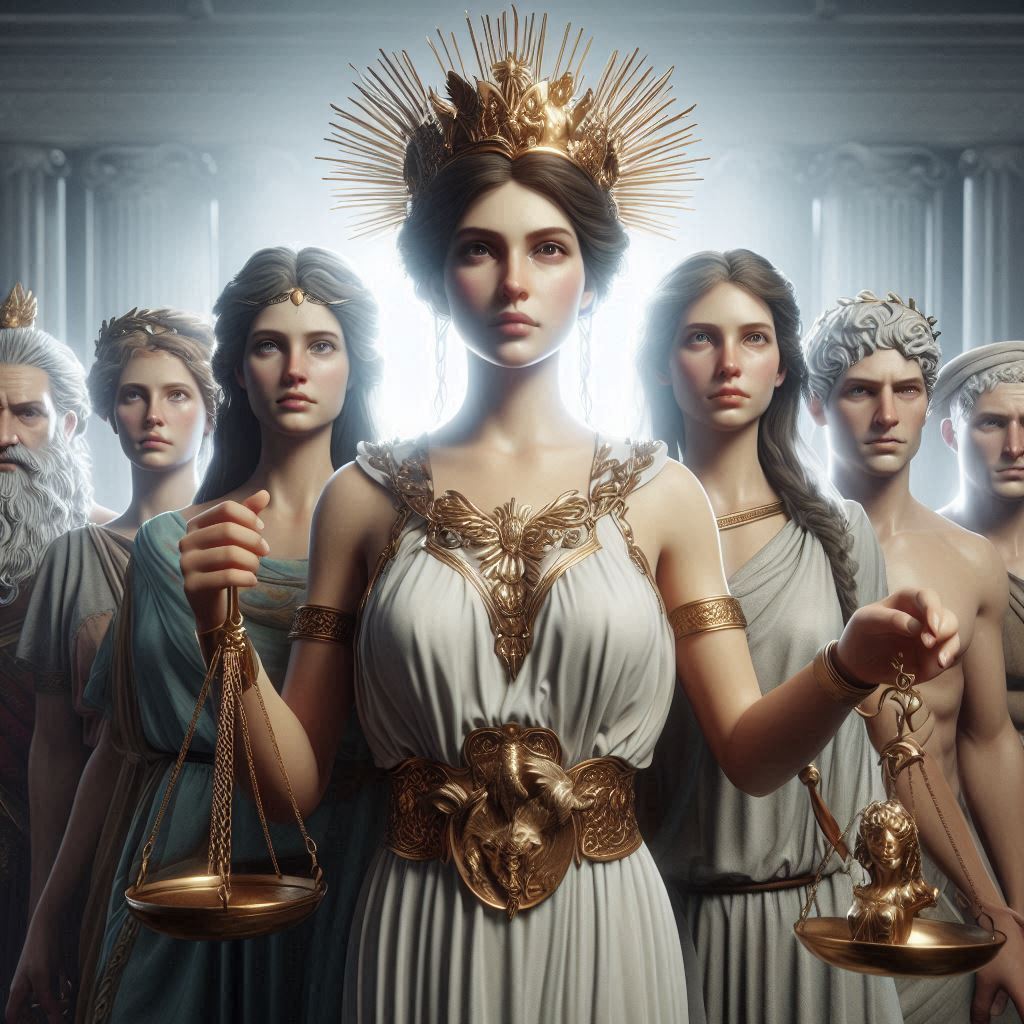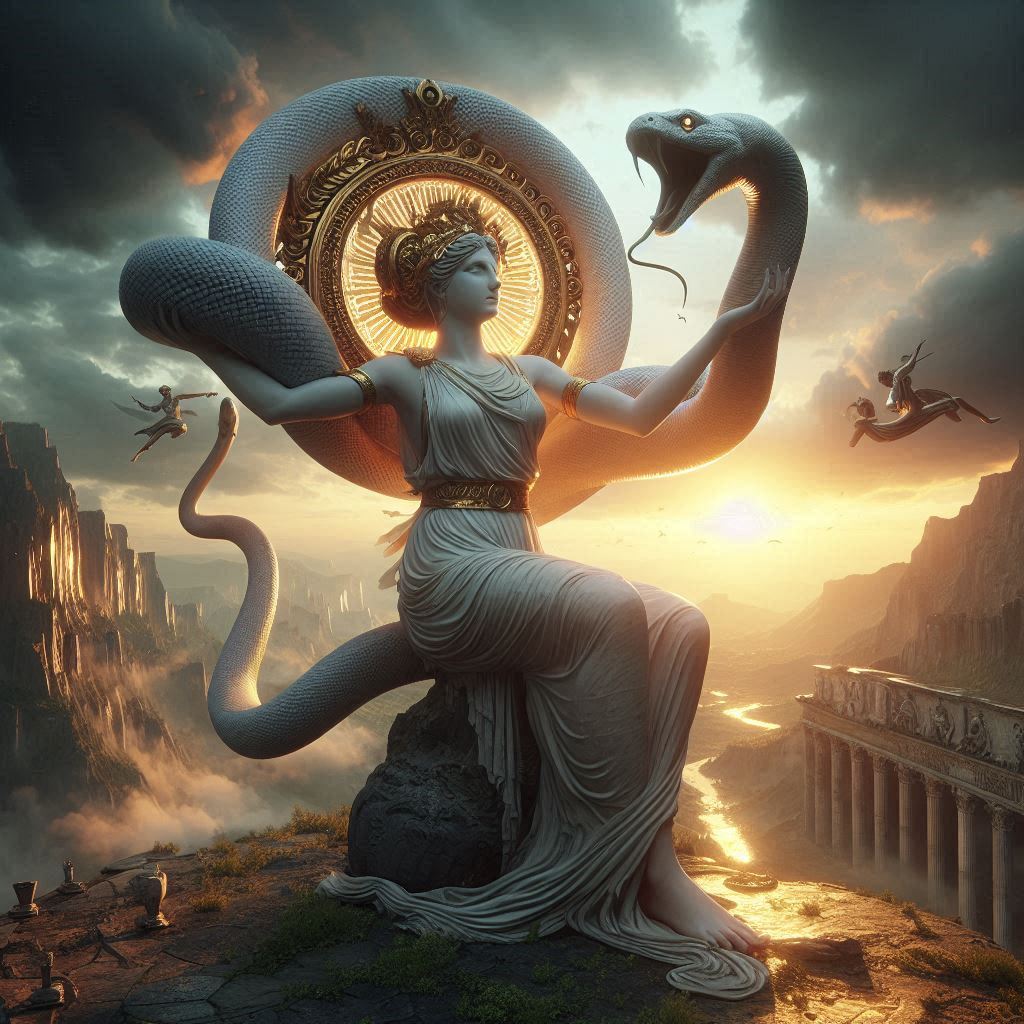Table of Contents
Criminal Romance: The Allure of Love in the Shadows
Introduction
Romance has long been a central theme in literature, film, and real-life narratives, often idealized as pure, selfless, and redemptive. However, a darker, more dangerous variation exists—criminal romance, where love intertwines with crime, danger, and moral ambiguity. This genre explores relationships forged in lawlessness, where passion and peril collide, creating stories that are as thrilling as they are controversial. From infamous outlaws like Bonnie and Clyde to fictional antiheroes like Harley Quinn and the Joker, criminal romance captivates audiences by blending love with rebellion, violence, and tragedy.

The Appeal of Criminal Romance
Why are people drawn to stories of love entangled with crime? Several psychological and cultural factors contribute to this fascination:
- Forbidden Love – Society often romanticizes relationships that defy norms. Criminal romances thrive on the thrill of the forbidden, where love exists outside the law.
- The Antihero Appeal – Characters in criminal romances are often rebels, outcasts, or villains, making them compelling figures who reject societal constraints.
- High-Stakes Passion – Danger intensifies emotions, making love feel more urgent and consuming. The constant threat of capture or death heightens the drama.
- The Fantasy of Freedom – Criminal lovers often live outside societal rules, embodying a fantasy of absolute freedom, even if it leads to destruction.
Historical and Literary Examples
1. Bonnie and Clyde
The real-life story of Bonnie Parker and Clyde Barrow has become the epitome of criminal romance. Their 1930s crime spree, marked by bank robberies and narrow escapes, was fueled by a passionate, doomed love that ended in a violent police ambush. Their legacy endures in films and songs, symbolizing love that burns brightly but briefly.
2. Harley Quinn and the Joker (DC Comics)
This toxic yet mesmerizing relationship explores obsession and manipulation. Harley, a psychiatrist, falls for her patient, the Joker, abandoning her old life for chaotic devotion. Their dynamic is a dark reflection of codependency, where love and madness intertwine.
3. “Natural Born Killers” (1994 Film)
Mickey and Mallory Knox, a serial killer couple, embark on a murderous road trip, glorified by media sensationalism. The film critiques how society romanticizes violence while portraying their twisted, unbreakable bond.
4. “You” (Netflix Series)
A more modern example, Joe Goldberg’s obsessive “love” leads him to stalk, manipulate, and kill. The series blurs the line between romance and horror, showing how criminal devotion can be both alluring and terrifying.
Ethical and Psychological Implications
While criminal romance is entertaining in fiction, real-life criminal relationships often involve abuse, manipulation, and trauma. The glorification of such dynamics raises ethical questions:
- Does media romanticize toxic relationships? – Some argue that portraying dangerous love stories without critique normalizes harmful behavior.
- The Stockholm Syndrome Effect – Some criminal romances depict victims developing affection for their captors, which can misrepresent real trauma.
- The Fine Line Between Passion and Obsession – Many criminal romances blur consent and coercion, making it crucial to distinguish fantasy from reality.
Psychological Theories Explaining Criminal Romance
1. The “Romeo and Juliet” Effect (Driscoll et al., 1972)
This theory suggests that external opposition intensifies romantic feelings. When love is forbidden—whether by law, society, or circumstance—couples often experience heightened passion and commitment.
- Application to Criminal Romance: Outlaw couples (e.g., Bonnie and Clyde) may feel more bonded due to societal rejection, making their love feel more intense and exclusive.
- Real-World Example: Many criminal duos describe their relationship as “us against the world,” reinforcing their emotional connection through shared persecution.
2. Attachment Theory (Bowlby, 1969) and Trauma Bonding
Attachment theory explains how early relationships shape adult bonding styles. In criminal romances, anxious or disorganized attachment can lead to toxic dynamics.
- Trauma Bonding (Dutton & Painter, 1993): A cycle of abuse and intermittent reinforcement creates powerful emotional dependence.
- Example: Harley Quinn’s attachment to the Joker is marked by cycles of abuse and “love bombing,” making it difficult for her to leave.
- Stockholm Syndrome (Nils Bejerot, 1973): Victims develop sympathy or affection for their captors, often seen in kidnapping cases or coercive relationships.
3. The Dark Triad (Paulhus & Williams, 2002) and Seductive Villains
The Dark Triad (narcissism, Machiavellianism, psychopathy) explains why some are drawn to dangerous lovers.
- Charismatic Villains: Criminals with charm (e.g., the Joker, Joe Goldberg from You) exploit arousal and unpredictability, making them seductive despite their cruelty.
- Hybristophilia (Money, 1986): A paraphilia where individuals are sexually attracted to violent criminals (e.g., groupies of serial killers like Ted Bundy).
4. Social Rebellion and Self-Expansion Theory (Aron & Aron, 1986)
Self-expansion theory suggests people seek partners who broaden their identity. Criminal lovers often represent freedom from societal constraints.
- Rebellion as Attraction: Some are drawn to criminal partners because they embody defiance, offering an escape from mundane life.
- Example: In Natural Born Killers, Mickey and Mallory reject society entirely, finding liberation in violence and each other.
5. Cognitive Dissonance (Festinger, 1957) and Justification of Toxic Love
Cognitive dissonance occurs when someone holds conflicting beliefs (e.g., “I am a good person” vs. “I love a criminal”). To reduce discomfort, they may:
- Romanticize the relationship (“Our love is worth the risk”).
- Blame external forces (“The world forced us into this”).
- Example: Many true-crime documentaries show criminals’ partners justifying their actions, even when they know they’re wrong.
Ethical Concerns and Media Influence
While criminal romance is compelling in fiction, psychological theories warn of its real-world dangers:
- Glamorization of Abuse: Media often portrays toxic relationships as passionate rather than harmful (e.g., Twilight’s Edward and Bella have elements of stalking and control).
- Desensitization to Violence: Repeated exposure to criminal romance may normalize dangerous behavior in relationships.
- Misrepresentation of Consent: Some stories blur the line between coercion and devotion (e.g., 365 Days has been criticized for romanticizing captivity).
Criminal romance persists as a cultural fascination because it taps into deep psychological impulses—rebellion, forbidden desire, and the thrill of danger. Theories like the Romeo and Juliet Effect, trauma bonding, and the Dark Triad help explain why audiences are drawn to these dark love stories. However, it is crucial to distinguish between fiction and reality, recognizing that real-life criminal relationships often involve abuse and manipulation. By understanding the psychology behind this allure, we can engage with these narratives more critically, appreciating their drama while remaining aware of their ethical implications.


One response
some genuinely tremendous work on behalf of the owner of this site, dead great written content.